I need to identify the Skewness of some SQL's in Teradata. These are different SQL statement like,
- CREATE Volatile Table using multiple Tables and involving Multiple Left Join
- INSERT SQL from Table and involving multiple LEFT Join
I verified if the target table/VT have proper PI. And it has proper PI. Checked if the LEFT JOIN's are increasing the records, but it isn't.
I need to identify the SKEW Factor of the SQL. I can see ViewPoint has a SKEW Tab. But since the SQL gets executed quickly, ViewPoint data gets vanished. Can anyone help how to get the SKEW data using some SQL or from some DBC table
